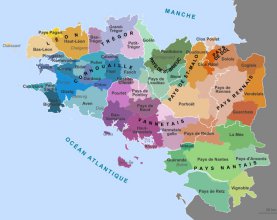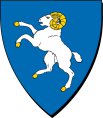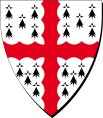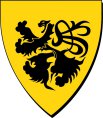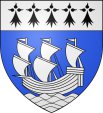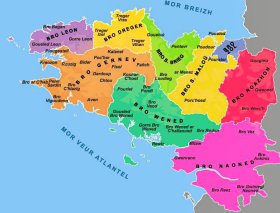© ericdentinger.com
2008-2025
Eric Maclewis - BAGPIPE SOUNDS
Eric Maclewis
BROIOÙ
BRETON COUNTIES
OTHER DANCES (misc.)
Avant-deux de La Mézière
Dérobée Guingamp
Guibra
Schottish
Loudeac
Scottish Waltz
VANNETAIS-GALLO County
(Bro-Wened Ar C'Halloued)
Ridée 6 temps
Rond de Saint-Vincent
Tour
BRETON TUNES
(Eric Maclewis' repertoire)
Here is a set of scores of Breton music: it is not an exhaustive inventory of this very vast subject but a collection of the airs that I have directly collected most of the time from musicians such as Titi le Digabel.
I’ve noted these tunes and proposed a tempo value from my experience of Breton music and dance.
Even if I had the opportunity to note other tunes (without playing them), you will only find here the pieces that I play at the bombard, at the binioù or at the Scottish bagpipes and which are therefore an integral part of my repertoire.
These scores are the reflection of my musical journey through a repertoire that is not that of my origins and that I discovered over the course of my encounters.
There is therefore no claim here to want to represent the whole of traditional Breton music, especially since the proposed repertoire is deliberately limited to airs of the “binioù - bombard” county and that Breton music cannot be limited to these two instruments.
You will be able to complete your knowledge in particular thanks to the volumes "Tonioù Breizh - Izel" published by Dastum and Bodadeg Ar Sonerion and which bring together the immense collection work carried out by Polig Montjarret of which one of my mentors (Titi le Digabel) was the applied student.
When it comes to Breton dance, the best experience is to participate in a fest-noz or to enrol in a Breton circle, activities that are now widespread, including outside Brittany.
Some tunes are developed on the Celtic Songs page that I also invite you to visit.
This chapter begins with two maps presenting the Breton countries: the first map in French and the second in Breton which, let us remember vigourously, is a language in its own right.
I have generally classified the airs by linking them to their terroir of origin.
Some were linked to a specific territory according to their author; others, on the other hand, were set aside because of their fame (Tri Martolod for example) while the gwerzioù (plural of gwerz = lament) were classified in a category in its own right regardless of their terroir of origin.
Each score is also illustrated at the bottom of the page by the flag or coat of arms of the country of origin of the air.
The notations were made in the simplest possible way, without an indication of ornaments or grace notes: they are more particularly intended for bombard and binioù players to whom I leave the care to interpret in their own way and after listening to the other musicians of course.
Regarding the pipers, it will be necessary to complete them with the necessary ornaments (grace notes) without omitting some modifications for the airs with a natural A, absent from the range of ourHighland bagpipe.
There is also no transposition to do here (unlike Scottish airs): the notes correspond well to the real sound and are to be played on instruments in B flat (or in other tones but keeping the same fingerings).
These scores are made available to you free of charge: use them, broadcast them as much as you want without omitting a reference to my site, to serve this music as much as I serve it.
NB:
1- if it seems to you that there are copyright problems, please let me know so that I can make the necessary corrections.
2- you may encounter differences with other versions of the same air without it being distorted; the proposed notation is the reflection of the expression of the musician whose knowledge I continue to transmit.
“An dañs a zalc’h an den en e sav”
(Dance keeps the man standing - Breton proverb)
OTHER TUNES
A.R.B. March (Kan Bale an A.R.B.) - Glenmor
Son Ar Sistr (Ev' Chistr 'Ta Laou) - Jean Bernard & Jean-Marie Prima
Spered Hollvedel
Tri Martolod








